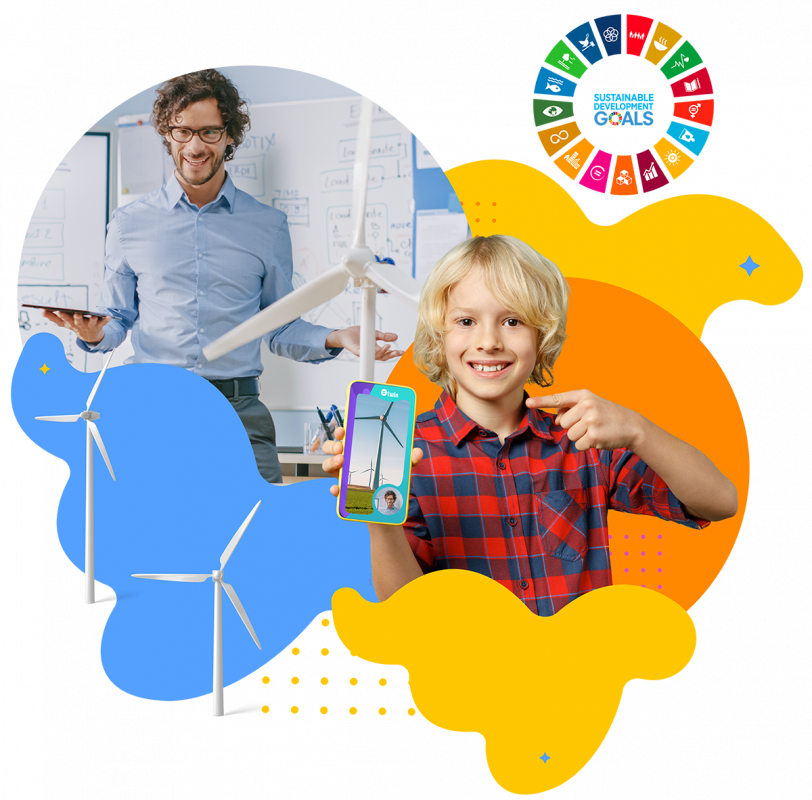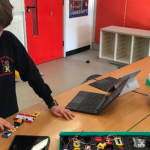We use different energy sources in our daily life for various purposes such as domestic, transportation and industrial usage. Those energy sources take many forms, including fossil energy like oil, coal, and natural gas; renewable sources like wind, solar, geothermal and hydropower; and nuclear energy. However, are these energy sources the most suitable and reliable for our planet? What is affordable and clean energy?
Globally, around 2.4 billion people still use inefficient, traditional fuels, including wood, charcoal, and animal waste in 2020. These traditional fuels produce air-polluting emissions that cause respiratory illnesses and other health problems. Additionally, they are inefficient because a remarkable amount of energy is consumed to maintain a working heating, cooking or commuting system with these fuels. Finally, fossil energy and traditional fuels are non-sustainable energy types. If we do not create alternative energy sources, there will be no energy in future when we run out of fossil energy.
As opposed to these, clean energy can be described best as the energy gained from renewable sources that do not release air pollutants. So, it doesn’t negatively impact the environment, such as carbon dioxide and sulfur dioxide. Clean energy is mainly derived from wind power, solar energy, hydropower, and geothermal energy. Therefore, clean energy resources are constantly replenished.
That is the number one reason the United Nations aims to ensure affordable, reliable, sustainable and modern energy systems around the globe through the Sustainable Development Goals. Named SDG 7, this goal works to increase energy efficiency and replace polluting fuels with electricity and clean, renewable resources, such as natural gas, biogas, solar power, and hydropower. Efficient energy systems reduce energy consumption, costs, energy dependency on nonrenewable resources, and, most importantly, environmental pollution.
Within the last decade, there has been a significant increase in people with access to electricity and clean energy systems. For example, in 2008, only 55% of people had access to clean fuels for cooking, while the percentage went up to 63% in 2018. Similarly, 82% of the world’s population had access to electricity in 2008; it also increased to 90% in 2018. We, as a civilisation, also made impressive progress in electrification and reducing energy consumption in recent years. The amount of renewable energy consumed increased by a quarter between 2010 and 2019; still, renewables accounted for only 17.7% of total energy consumption.
To support renewable energy systems for a better future. Technology in education can make all these much more accessible as many excellent sources exist online. So, yes, embracing EdTech can transform teaching, but it can also transform the next generation’s lifestyle into a sustainable and renewable life.
Importance & Benefits of Affordable and Clean Energy
Affordable and clean energy has many significant economic, geographical, and environmental benefits. However, environmental benefits may be the most important of all because clean energy reduces harmful gas emissions, preserves natural resources, and prevents the potential ecological and climate crises related to energy supply and use.
Economical Benefits
The renewable and clean energy industry creates more job opportunities as it is more labour intensive in contrast to the fossil energy industry. That way, a greater number of people can be employed, which increases gross national income. Additionally, renewable and clean energy systems reduce costs as they do not require transportation and do not need to pay for raw materials. The decline in energy costs, when combined with the decrease in consumption, makes clean and renewable energy much more affordable to the lower-income members of society.
Preserving Natural Resources
The experts argue that the resources for fossil fuels will become extinct in the future as there will be no renewal for them. So, it’s crucial to adopt clean and sustainable energy systems in modern societies. Sustainable and clean energy is derived from renewable sources like wind, water, and solar power. So, it provides reliable power supplies and preserves the national natural resources.
Decreases Risks of Environmental Crises
With energy gained from fossil fuels, there is the problem of importation. It requires a complex transportation system for such an amount of energy. So, importing fuels enhances the risk of fuel spills which can cause contamination of water and land; fossil fuels emit toxic gases and air pollutants.
Clean and Renewable Energy Technologies
Solar Panels
Solar power is one of the most plentiful energy sources available as many places have lots of sunlight during the day all year. It has become the 3rd largest renewable energy contributor with a growth in the use of solar panels both for domestic and industrial purposes in recent years. The energy gained from solar panels accounts for 3.1% of global energy generation.
Wind Turbines
This kind of sustainable energy resource alone has the potential to create considerably more electricity than the current global demand. We can use wind power to generate electricity both on and offshore in windy areas. In 2020, offshore wind electricity generation increased by 29% and onshore by 11%. However, we still cannot create more energy than the global demand as that would require more investments in wind turbines.
Hydroelectric Power Plants
Hydroelectric power plants use the force of running water near powerful river currents and streams to generate electricity. Hydropower generates approximately 60% of the total renewable energy. We avoided over 100 billion tonnes of carbon dioxide emissions over the last 50 years thanks to the clean energy derived from hydropower.
Bioenergy
Bioenergy is a source that uses biomass and organic materials to create electricity. Still, this energy source requires burning those materials, but it does not have as much negative impact as burning fossil fuels. Biomass is the general term for agricultural, industrial, domestic and animal waste in solid, liquid and gas forms. Bioenergy technologies have both economic and environmental benefits as they recycle and reuse a particular amount of waste.
How to Raise Awareness on Clean Energy for Kids?
- Be A Role Model: Even before they reach the age to understand everything told to them, children can pick up habits or awareness on specific subjects. For example, if you actively prevent wasting energy at home, such as turning off unnecessary lights and the faucet, opening the windows rather than using air conditioner on hot days, etc., your child would perform those themselves.
- Have Conversation With Your Kids: Children can learn so many things, even during a casual talk with their parents, instructors, or caretakers. You can break the topic down casually and explain affordable and clean energy definitions, give examples of renewable sources, and discuss why we need them.
- Employ Online and Visual Resources: We can say that the place of technology in education expands with each new day. Sometimes visual and interactive resources can make what an hour-long speech can’t do. You can easily keep children’s attention with videos, presentations, games, or animations. For example, you can find many educational videos and games about sustainable energy resources and how we can produce electricity from natural resources.
- Do DIY Projects About The Topic: There are many ways to teach children something, and one of the best ways is to make them experience it. For example, you can build mini water wheels using popsicle sticks or wind turbines with used plastic bottles to show how we can turn natural forces into energy sources.
We believe that the importance of STEM education is outstanding in a child’s educational development. Yet, we also believe that our purpose as a society should be bringing up future leaders who respect the Earth and adopt sustainability as a lifestyle. That’s why we support double-winged learning with all our hearts.





